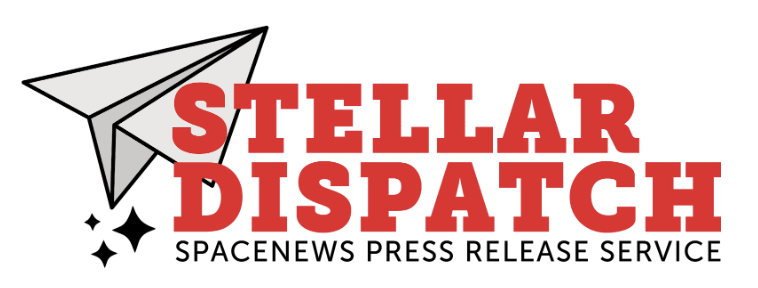We are excited to introduce Stellar Dispatch, the premier press release posting service designed to elevate your company’s visibility and connect you with a dynamic space industry audience.
8 Reasons Why You Should Choose Stellar Dispatch For Your PR Needs.
1. Reach the Right Audience: Target thousands of space professionals directly with your press releases. Why pay more for PR Newswire when you can go directly to SpaceNews readers?
2. Enhanced Visibility, including in Search Engines: Stand out with your press releases featured prominently on SpaceNews, capturing the attention of key industry players including journalists, decision-makers, investors, suppliers, vendors, industry and government. Benefit from the SpaceNews reach in search engines results.
3. Cost-Effective Solutions: Save on PR costs without compromising on reach. Enjoy affordable pricing while ensuring your message gets to the right people.
4. Performance Analytics: Track your success with analytics to measure the impact of your press releases. Understand your reach, measure engagement, and refine your strategy for even greater results.
5. Ease of Use: Enjoy a simple process for submitting and distributing your press releases. Our user-friendly platform makes it easy to share your news efficiently.
6. Versatile Applications: Use Stellar Dispatch to promote new products or services, publicize upcoming launches or milestone events, announce corporate appointments, share DEI and HR disclosures, and send out investor relations notices.
7. Exclusive Member Benefits: Enjoy perks such as placement on the SpaceNews homepage for 3 days, postings on X and LinkedIn, inclusion in the SpaceNews This Week newsletter to 19,000+ industry decision-makers, and more.
8. Build a Public Record: Establish a consistent presence and build a public record of your company’s news and progress. Showcase your achievements and keep your stakeholders informed.
Join Stellar Dispatch today to transform your PR strategy and make a lasting impact in the space industry. Don’t miss out on the opportunity to elevate your brand and connect with key players in the field. | 












